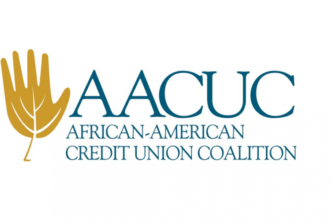The Consumer Financial Protection Bureau (CFPB) recently released a Data Point, which explores patterns of revolving and repayment of credit card accounts in the U.S. It offers insights on how consumers use their credit cards as a line of credit rather as a payment mechanism.
At the end of each billing cycle, cardholders can repay their balances in full. In doing so, they are said to transact a balance. Alternatively, cardholders may choose to repay only a portion of their balance, borrowing the unpaid portion. In this case they are said to revolve a balance.
Using data from the CFPB’s Credit Card Database (CCDB), the report examines how often balances are revolved on an account, or borrowed, how long balances are revolved, and how regularly they are paid down.
Findings include:
Two thirds of actively used credit card accounts carry a revolving balance
Once people pay less than the balance due and begin to revolve on an account, they do so continuously on that account for about 10 months on average, with approximately 15 percent revolving continuously for two years or more. The longer a balance is revolved on an account, the higher the chances that people will continue to revolve a balance on that account.
Accounts show variation in repayment patterns
Some revolvers appear to take on debt on a particular account and then make regular payments on this debt. Others revolve a more-or-less constant amount on an account for long periods with little pay down until a lump-sum payment of the balance in full. Still others show an increase in balances on an account over the length of their revolving debt, with rapid pay down just prior to complete repayment.
This suggests there may be a variety of factors underlying revolving decisions among households; furthermore, the variation in repayment profiles is observed for both high and low credit score accounts, which implies that repayment is not easily predicted by cardholders’ credit score at the outset of revolving.
There is substantial geographic variation in revolving rates and the duration of sustained debt periods
This variation endures after accounting for differences in credit scores just prior to revolving and is stable over time. This suggests that perhaps factors other than risk or market structure, such as for example preferences or local norms, may play a role in how and why individuals choose to revolve balances on their credit cards.
Read the full report here.




